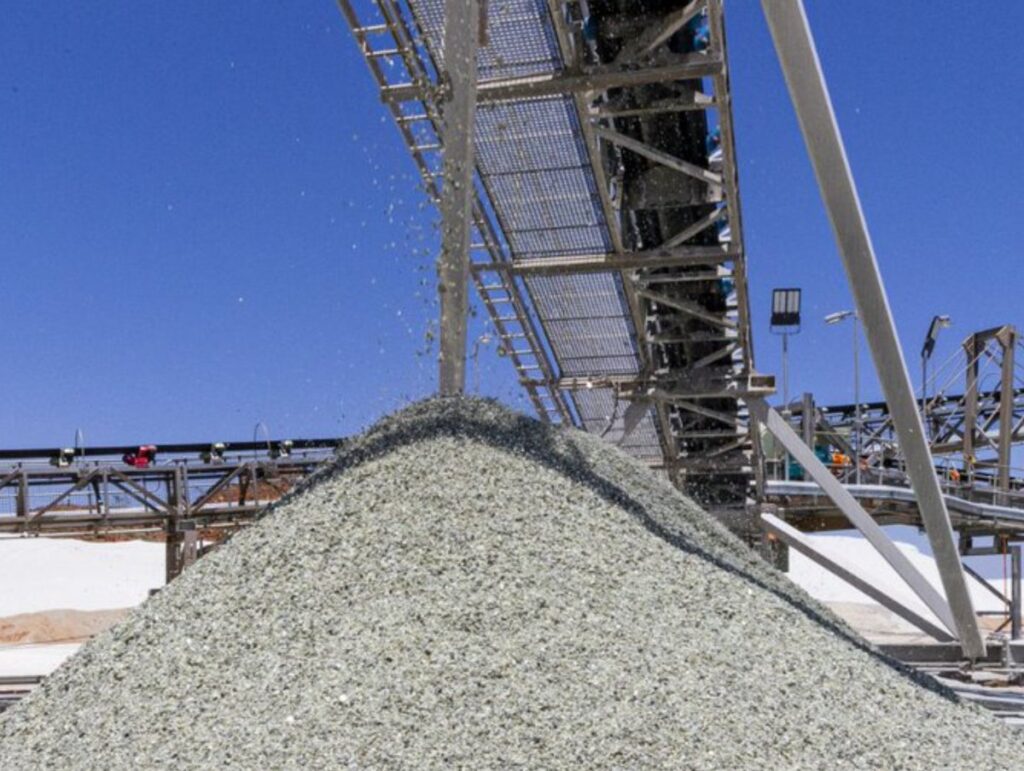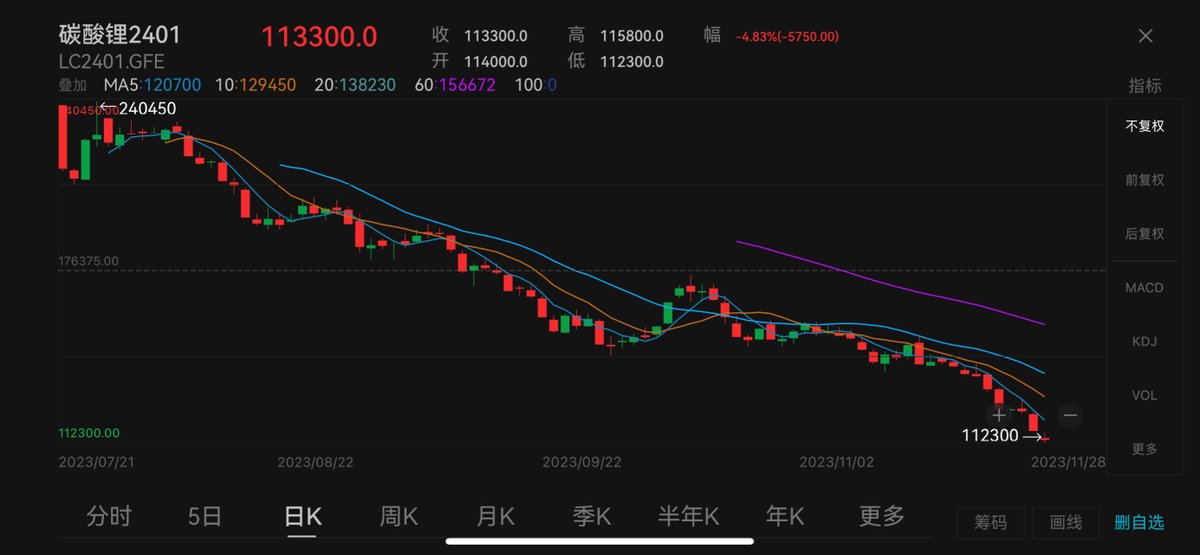China Lithium Prices Anticipated to Drop Over 30% in 2024

lithium
Projection comes as the supply from major producers continues to outpace the growing demand from battery users

Analysts foresee a significant decline of more than 30% in lithium carbonate prices in China, the world’s leading consumer, in 2024. Lithium prices in China have already plummeted by 77% this year due to Beijing’s reduction in electric vehicle subsidies, impacting lithium ore prices globally.
The spot price of lithium carbonate reached a more than two-year low of 115,500 yuan ($16,185.54) per metric ton this week, with analysts predicting it to dip further to as low as 80,000 yuan next year. The price decline is attributed to the increasing global supply. Even outside China, benchmark lithium carbonate prices to China, Japan, and South Korea have fallen by 77% from their peak in November 2022.
This price downturn is expected to affect high-cost lithium producers but may provide some relief to the decelerating electric vehicle sector. China, responsible for 70% of the world’s batteries and over half of its electric vehicles, anticipates a slower growth rate in EV sales, projected to reach 9.44 million units in 2024, a 25% increase.
UBS forecasts a 40% surge in global lithium supply in 2024, exceeding 1.4 million tons of lithium carbonate equivalent. Australia, Latin America, and Africa are expected to see substantial increases in production. Chinese lithium production is also projected to rise by 40%, driven by a major CATL project in southern Jiangxi province.
However, this supply surge is likely to result in a global lithium surplus of 12%, up from 4% in 2023, according to CITIC Futures. Chinese lithium carbonate prices are expected to hit as low as 80,000 yuan per ton in 2024, with an average around 100,000 yuan. Producers in Jiangxi, China’s primary lithium-producing region, are adjusting production levels, while those relying on external ore supply may face higher costs.
Despite the challenges, analysts suggest that producers using alternative ores and more cost-effective methods could continue expanding, contributing to the evolving landscape of the lithium market.



